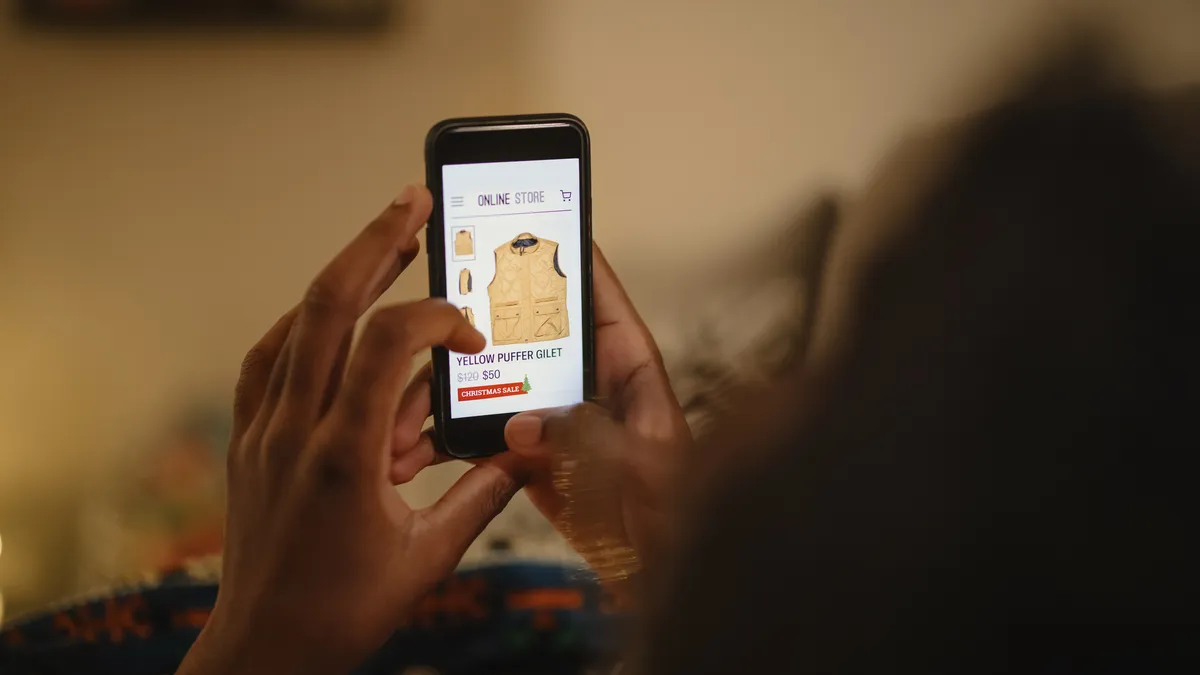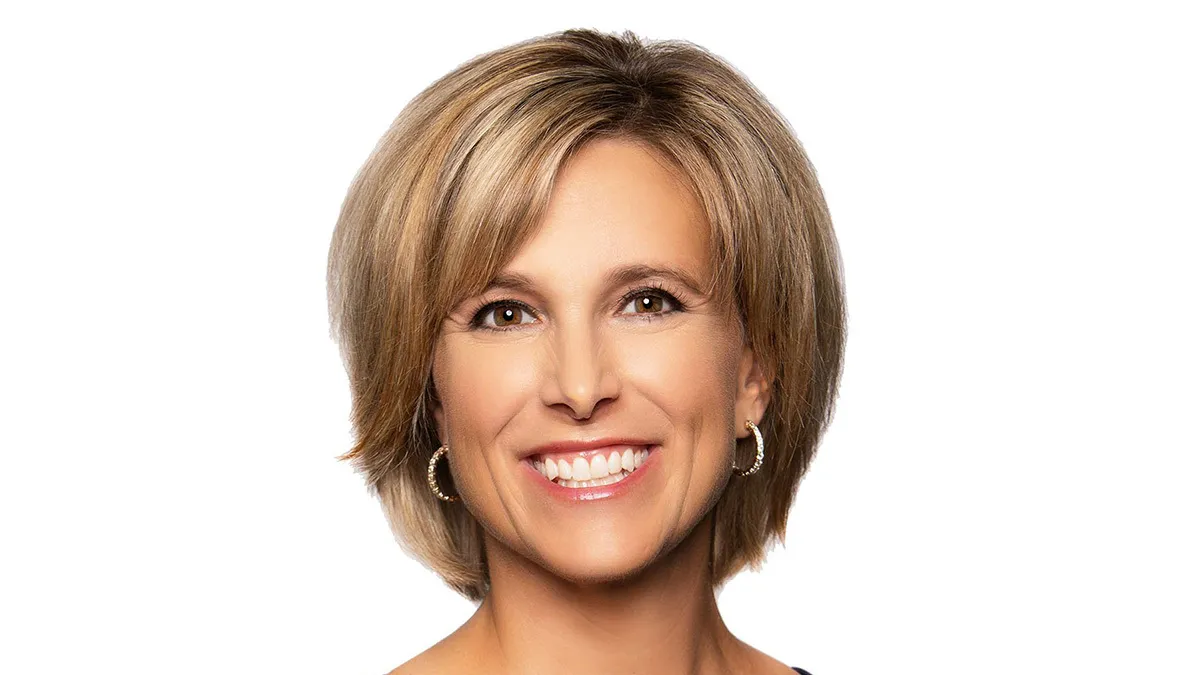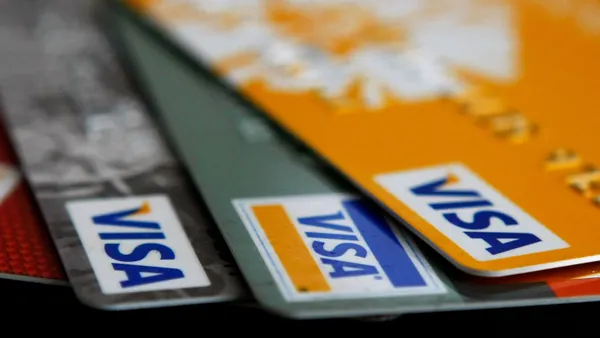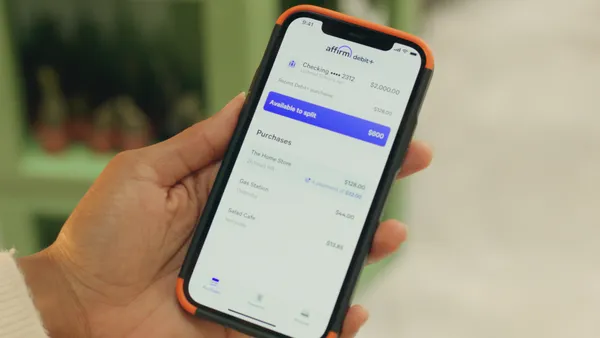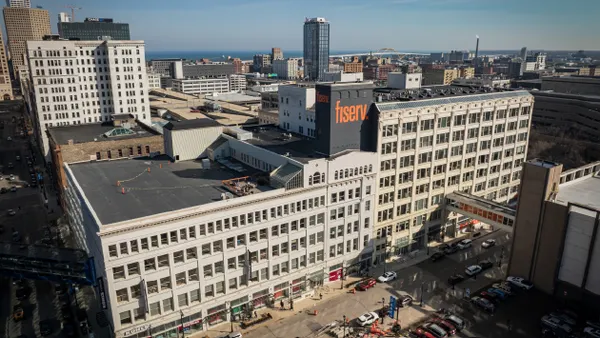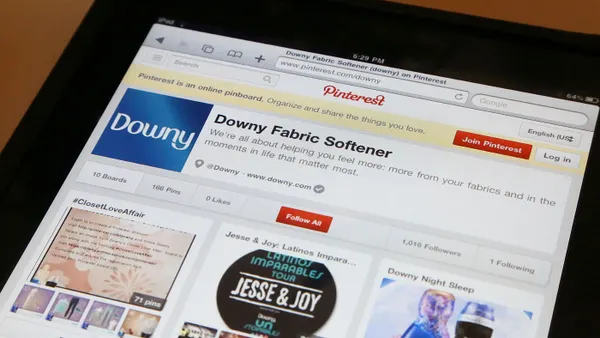Dive Brief:
- A recent working paper by Harvard Business School professors revealed consumers spend a larger share of their budget on retail goods when using buy now-pay later (BNPL) financing options that allow them to spread out payments for purchases over time.
- Researchers used bank and credit card transaction data from about 10 million consumers and analyzed BNPL use among a sample of 400,000 people. They determined lower-income consumers spend more in total when using BNPL, according to a working paper they issued in August that was publicized by the business school in November.
- When a consumer first opts to use BNPL, their total spending rises by about $130 and remains high for the next six months, the researchers said. BNPL use “causes a permanent increase in total spending of around $60 per week,” mainly in retail spending, they wrote. They dubbed this a “liquidity flypaper effect,” where liquidity in one category – retail – fuels additional spending in that category.
Dive Insight:
The working paper, authored by Harvard Business School professors Marco Di Maggio and Emily Williams and HBS doctoral student Justin Katz, shines a spotlight on BNPL risks just as the payment method lures more consumers amid high inflation and rising interest rates. And it sheds light on the trend as consumers are tapping the method for yearend holiday purchases. (A working paper is typically an early version of an academic article.)
That BNPL leads consumers to spend more is exactly why merchants are willing to pay higher fees to offer the payment method to their customers, but that idea may be concerning for regulators who have consumer financial protection in mind. Especially during the spend-heavy holiday season, BNPL can prevent consumers from fully grasping what they are spending, Williams told a HBS publication.
Many consumers tried BNPL while stuck at home during the COVID-19 pandemic with more funds in their bank accounts; now, as credit delinquencies rise and a recession looms, “the existing portfolio of these products is likely to be highly risky,” Di Maggio told the HBS publication.
BNPL use, which researchers called widespread, is most common when consumers perceive its expense-smoothing benefits as especially helpful. For example, BNPL spending “increases substantially in periods when weekly salary drops substantially,” researchers wrote.
About 30% of all BNPL users are persistent users. Those most likely to use BNPL are low to middle income earners and rent rather than own a home, researchers discovered.
Ultimately, they suffer more financial penalties, too. BNPL users are more likely to tap into their savings and incur overdraft and insufficient funds fees, the paper said.
Researchers said BNPL companies Afterpay and Klarna, two of the biggest providers, are more often used for items that cost less than $250, while rival Affirm is primarily used for higher-priced purchases, such as furniture and electronics, that cost between $250 and $3,000. Affirm has also been a major payment provider for Peloton stationary bike purchases.
Higher-income consumers tend to use BNPL more for big-ticket items like appliances, the researchers determined.
BNPL’s rising popularity with consumers has given researchers a new trove of data to examine. A study published in October by another group of university professors linked BNPL use with overdraft charges and credit card interest and fees.
That study also showed BNPL services inspire consumers to spend beyond their means, and heavy users displayed larger declines in financial health. As BNPL use has ballooned, the payment method has also faced heightened regulatory scrutiny, including by the Consumer Financial Protection Bureau.
Holiday spending trends show increased use of BNPL as consumers grapple with inflation: Between Black Friday and Cyber Monday, the value of BNPL transactions soared 87% and the number of transactions rose 13%, according to data from ACI Worldwide. Afterpay also reported an increase in consumers tapping BNPL for purchases over the weekend.


